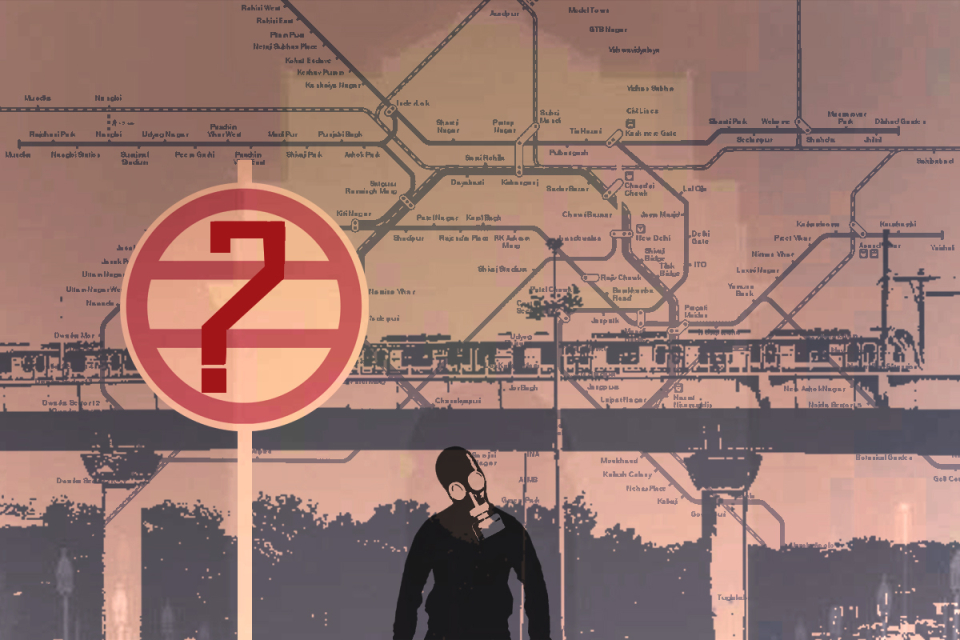Increased Metro ridership can improve Delhi’s air, where banning private vehicles cannot.
Comparisons with cities in other countries show that, for its size, the Delhi Metro carries far fewer riders than almost any other city’s system. With 314 km of track, Delhi has a daily rider average of 2.8 million. China’s Shenzhen has a slightly smaller system (286 km) but carries 60 per cent more riders, at 4.5 million. Mexico City’s metro system is smaller (226 km of track) but carries 4.4 million riders daily. And Singapore, with less than two-thirds of Delhi’s track length, at 199 km, carries 10 per cent more riders than Delhi, at 3.1 million.
....
There could be many reasons for Delhi’s low number. One would be the number of cars per metro train. The majority of Delhi’s trains have six cars, while some have eight and some four. On most metros, a range of six to eight seems to be normal. But New York usually operates between eight and 11 cars per train. Delhi has been trying for some time to add to its existing capacity of about 1,600 cars by adding another 600, but this has been hanging fire for one reason or other. Moving to a uniform system of eight cars per train would up ridership quite significantly. With fewer cars than required, what the usually crowded Delhi Metro has done is to spend money on expensive infrastructure and then under-utilise its potential capacity.
....
